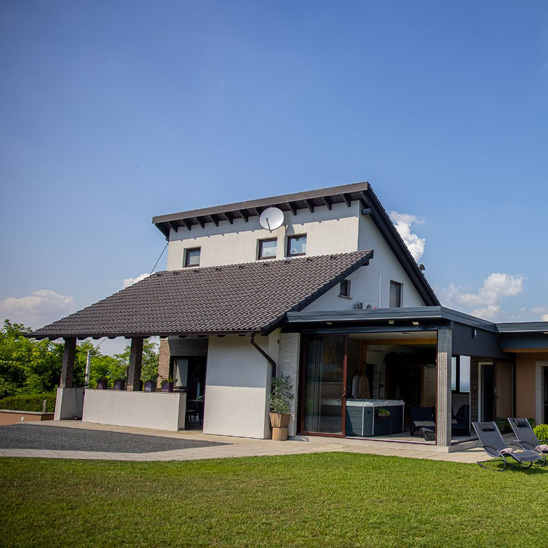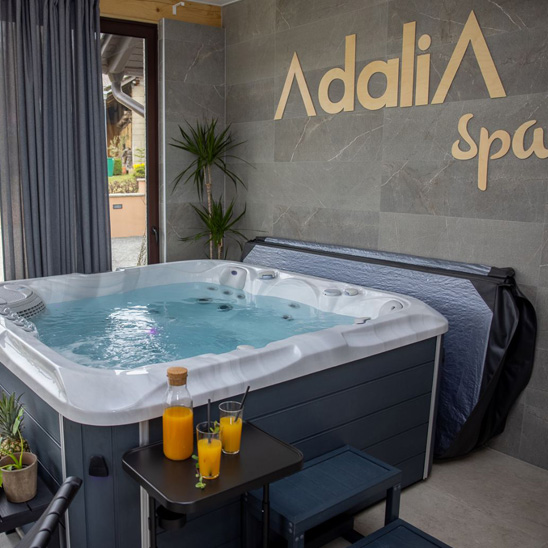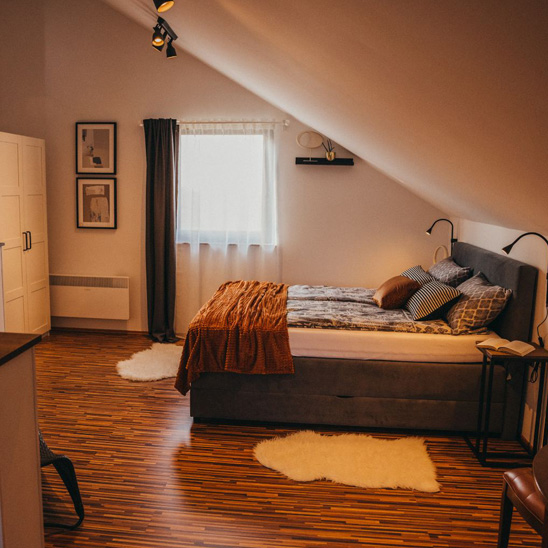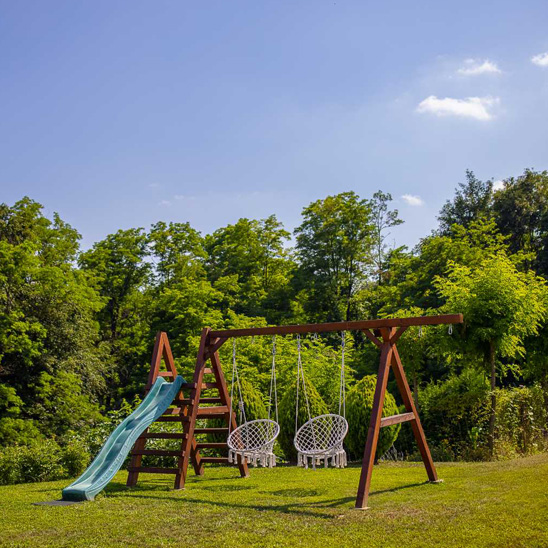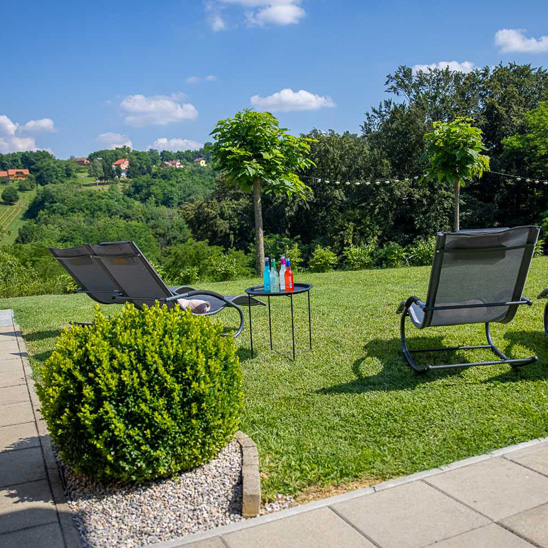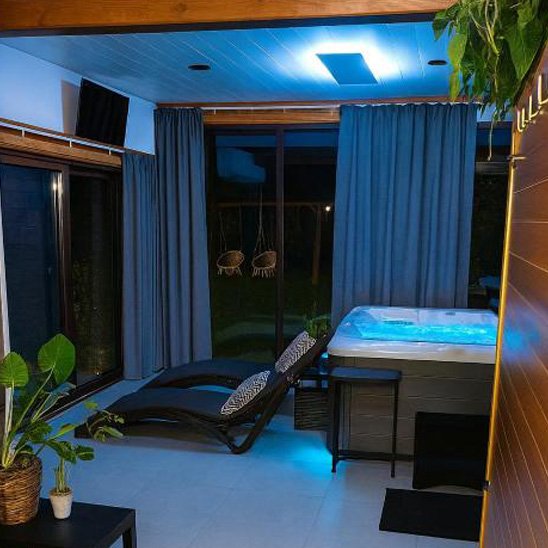Share
Useful links
Author
adelia analytikz
Share
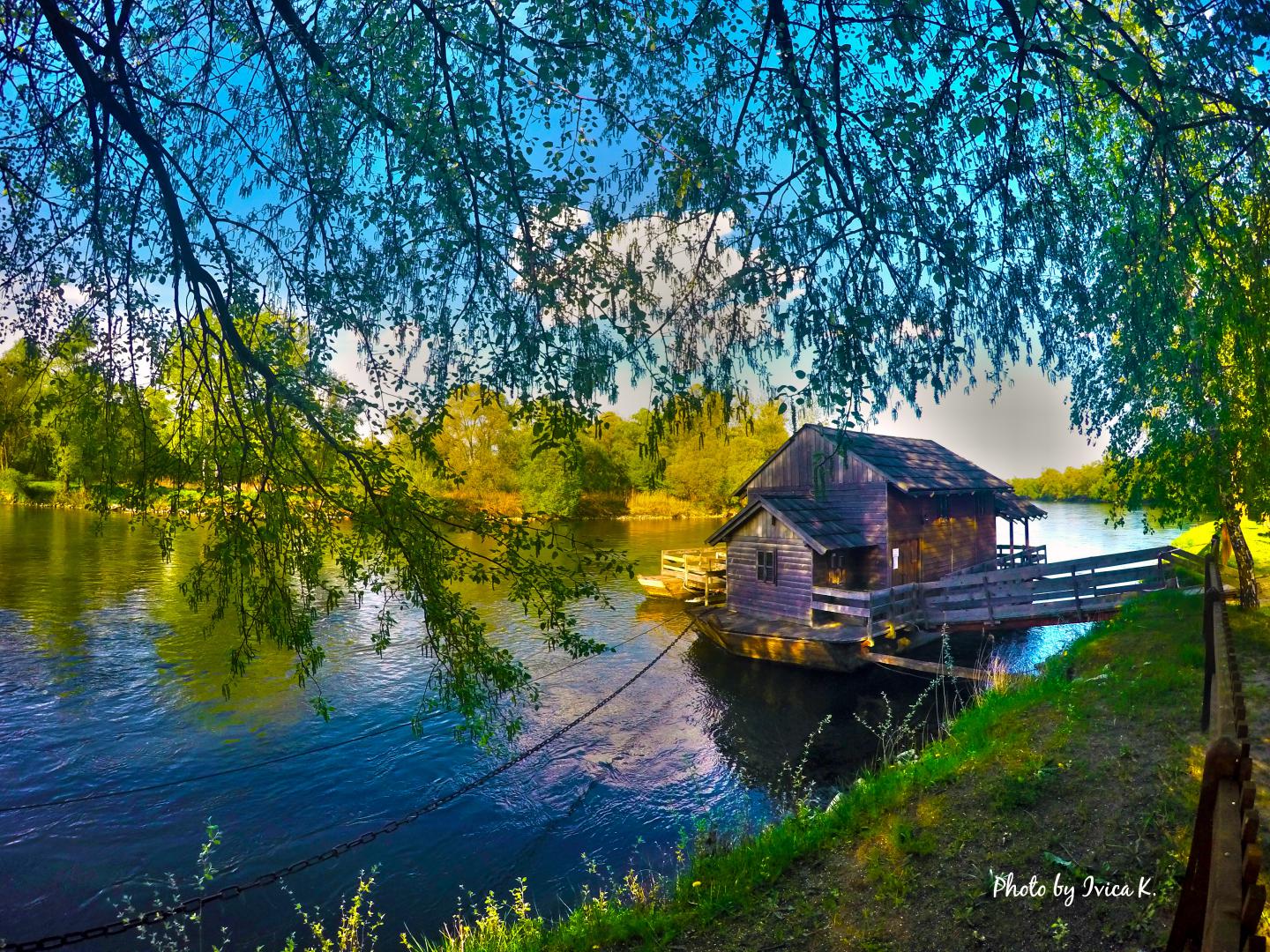
Ethnographic Collection and the River Mill in Žabnik
The Ethnographic Collection at Žabnik bb is open by prior arrangement through the Tourist Office on weekdays from 8 a.m. to 3 p.m.
(Call the Tourist Office at +385 40 868 619.) Visits outside those hours are possible with advance notice.
The mill resembles the many mills that once lined the Mura River in the last century, built by local craftsmen.
Funding was provided by various institutions and Međimurje County, coordinated by the ecological organization EOL.
The milling trade was especially developed during the first half of the 20th century.
Records show that between the villages of Lapšina and Podturen, around 90 mills operated along the Mura River in the 1920s.
By the 1960s, there were only about 11, and by the mid-1980s the fate of the last river mill—located in Žabnik in the Municipality of Sveti Martin na Muri—was sealed.
With the disappearance of the mills, traditional crafts associated with their construction and maintenance also vanished:
the making of wooden drive and transmission elements of mill mechanisms, roofs of wooden shingles, carved decorative gables,
and wooden milling tools.
At the northernmost point of the Republic of Croatia, near the small village of Žabnik, the Mura River now turns the impressive wheel of a wooden floating river mill, the only one of its kind in Croatia.
The murmur of the water and the creak of the stone grinder take visitors back to the year 1902, when flour was first milled on this floating “old-timer.”
The History of Milling on the Mura River
Milling on the Mura was highly developed at the beginning of the 20th century — at that time, nearly 90 mills operated within just forty kilometers — although the first references to mills in this region date back much further.
Ancient sources more than 2,000 years old mention them.
Unfortunately, the wheel of time overtook this unique architectural form and the old craft itself, and by the mid-1980s the last river mill — the one in Žabnik — ceased operation.
In the earliest times, the Mura’s mills were mounted on hollowed tree trunks called “kompi,” connected by two beams.
A komp was a hollowed oak log, over 12 meters long and up to 2 meters wide.
The surface of the trunk was softened with fire, and a channel was carved into it to hold the axle and the wide wheel made of four wooden rings with blades attached.
By the late 19th century, drawings and photographs reveal the evolution of medieval carpentry techniques — the introduction of sawn wooden planks forming boats or canoes that carried the driving mechanism on the Mura.
By constructing the new mill only a few meters from where the original once operated, local Međimurje craftsmen managed to revive in Žabnik the atmosphere of the time when the Mura River was ruled by mills.
Visitor Center Žabnik and the “Svetomartinska Mura” Eco-Trail
Next to the Žabnik Visitor Center, in an idyllic natural setting, lies the eco-tourist educational walking and cycling trail “Svetomartinska Mura.”
It is designed for walking, cycling, fishing, and other recreational activities for all age groups.
Along the trail are 20 educational panels that teach about the Mura River — its historical importance, biodiversity, the tradition of ferrying and fishing along the river.
Three forest classrooms are located along the route, and a small wooden bridge over a river branch has been reconstructed.
Stretching for nearly 5 kilometers through untouched nature, this educational path offers a wealth of information about the natural and traditional heritage of the protected Mura River landscape.
There is also a river ferry, a vessel that transports people and vehicles from one riverbank to the other — without an engine, sails, or oars.
Source:

